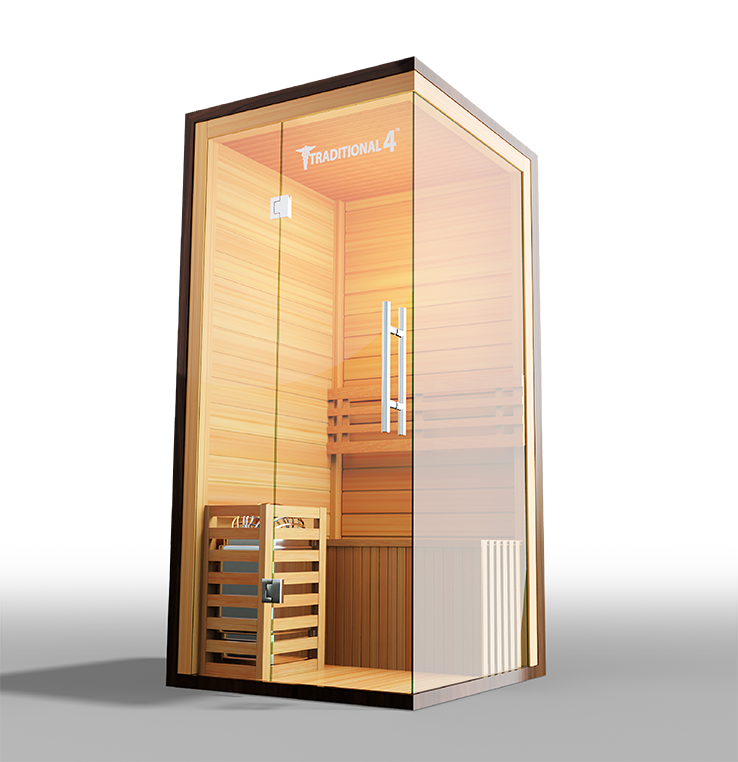Traditional Sauna Can Be Fun For Everyone
Table of ContentsTraditional Sauna Can Be Fun For EveryoneWhat Does Traditional Sauna Do?Traditional Sauna Fundamentals ExplainedSome Known Facts About Traditional Sauna.Fascination About Traditional Sauna
A lot of the weight shed in a sauna is water loss and is re-gained upon rehydrating. However, without a question sauna can be a vital part of a healthy weight reduction program. To consider the distinctions between conventional and IR saunas, I will certainly separate these into proven, theoretical, and made differences.Therefore, the hottest factor in the saunawhich goes to the ceiling directly over the sauna heateris typically in between 185 and 190 F. Claims that a standard sauna surpasses 200 F is simply not real and not applicable for electrical saunas marketed in the US. The temperature for a far-infrared sauna is usually set in between 120 and 140 F; nevertheless, unlike the standard sauna, the goal in and IR area is not to achieve a heat.
Since of this, the temperature level distinction is practically irrelevant, given that extreme sweating causes both sauna kinds, but the approach of heating the body is different. In an IR sauna the bather will certainly really feel hot and will sweat profusely, but at a lot reduced temperatures (Traditional Sauna). Thus, if the objective is to spend longer periods of time in the sauna, the IR sauna is a good selection
When a standard sauna has actually been properly heated up, the sauna walls are warm, the air temperature level has achieved set temperature level and the rocks are super heated. As an interesting side note, the warmed wall surfaces and the rocks are producing far-infrared warmth, incorporated with the warmed air, to produce an "covering warm".
Indicators on Traditional Sauna You Need To Know

When the heat is accomplished, the aspects cycle on and off to keep the heat. Most traditional sauna customers delight in pouring water over the rocks to produce heavy steam to raise sauna humidity levels. The benefits of pouring water over the rocks consist of: making the area extra comfy, moistening the nasal flows, and allowing the use of aromatherapy by blending vital oils with the water.

When the energy goes into the body, it causes the body temperature to enhance and eventually results in sweating. In an infrared sauna it is necessary for the emitters/heaters to stay on almost constantly. Given that there is no mass of rocks to maintain warm, the sauna will certainly cool down if the emitters shut off.
As pointed out above, the sauna Homepage bather in an infrared space wishes to place himself before running emitters to get optimal gain from the heat. The home heating time for both rooms can be extremely different, depending on how the spaces are used. For a traditional sauna, a bather needs to allow 30-40 mins for the room to achieve a wanted temperature level and to appropriately pre-heat the rocks.
Some Ideas on Traditional Sauna You Should Know
A well constructed sauna will commonly attain a temperature level of 150-160 F in regarding 30-40 minutes. For hotter temperatures, the room may need to warmth for a longer duration.

Conventional saunas tend to be bigger (therefore make use of more electricity) than infrared saunas, although traditional saunas are certainly offered in one and two person sizes. For a two-person conventional sauna, 5x6 or 5x7 size is most prominent. The leading bench can easily seat 2 or three individuals and is likewise enough time to relax during the sauna session.
Traditional Sauna for Beginners
The ordinary cost per kWH of electrical power in the U.S. is around $0.11, so a 4.5 kW heater will set you back roughly $.50 to try this site run for one hour, if the heating unit runs continually for one hour. Normally a sauna heater will certainly compete 75% of the first hour and 50% of subsequent hours on considering that the elements cycle once the established temperature level is achieved.

Lastly, there is a hardly ever talked about distinction in the social experience in between the two spaces. While our society has actually shed several of the social advantage of the standard sauna experience, it can be very socially gratifying (Traditional Sauna). From family members time in the sauna, to heart-felt discussions with better halves, to sauna partiesthe typical sauna experience can cause intimate socializing
The smart Trick of Traditional Sauna That Nobody is Talking About
A lot of greater end infrared rooms include tinted light treatment, sound systems and full-glass fronts.